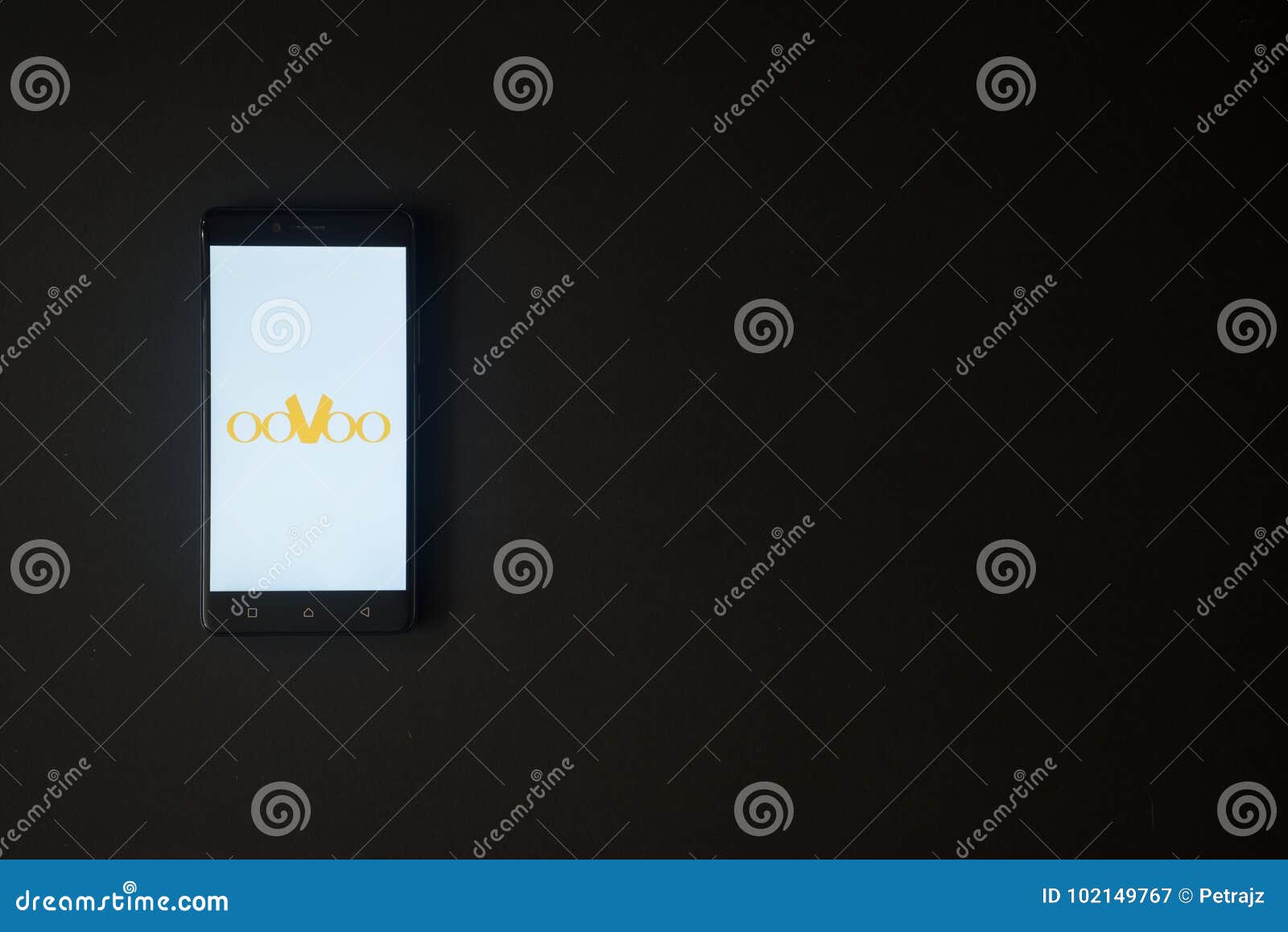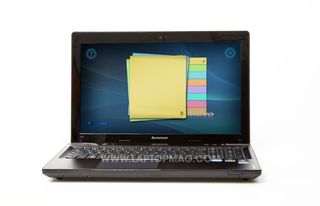


ooVoo also demonstrates that the device uses about 50% less battery power and consumes about 50% fewer CPU cycles compared to processing video in software. OoVoo's updated mobile video chat application running on the Snapdragon MDP now offers 12 times the resolution of its competitors, leapfrogging even its own VGA version.
Oovooon laptop 720p#
Their engineers used the hardware-accelerated H.264 video encoding in the MSM8x55 and implemented 720p HD video on the MDP. With video acceleration under its belt, ooVoo looked for yet another way of enhancing the user experience to keep ahead of its competitors: high-definition, multipoint video chat. OoVoo also placed among the top ten finalists at the CES Mobile Apps Showdown, finishing second with 44,258 online votes and standing out as the only video calling firm named a finalist.
Oovooon laptop android#
The company demonstrated the first multi-party, VGA mobile video chat application on a pre-commercial Android smartphone device, with 4 times the resolution of its nearest competitor. OoVoo appeared in the Qualcomm booth at the Consumer Electronics Show in January 2011. It supports the most efficient video codecs while freeing up the CPU and economizing power consumption. The MDP includes a 1GHz Snapdragon-powered device, debugging tools and the Trepn™ Profiler, a tool which can help make Android applications more power-aware.

Developing on a Snapdragon MSM8x55 Mobile Development Platform (MDP), ooVoo engineers designed their Android™ application for the hardware-accelerated video processing it needed to handle high-resolution, live conferencing and chat, for up to six participants at once. The company found what it needed in Qualcomm's Snapdragon MSM8x55 chipset, built for video encoding/decoding in dedicated hardware.
Oovooon laptop software#
OoVoo saw that its best chance of delivering a high-quality, mobile user experience and differentiating itself from its competitors was through hardware accelerated video processing: offloading the work of encoding and decoding from software running on the CPU to dedicated video hardware. It also consumes resources (cycles, memory, power) that the phone could use for other functions.


 0 kommentar(er)
0 kommentar(er)
